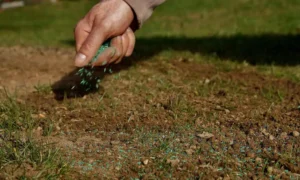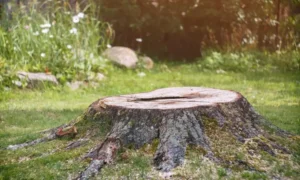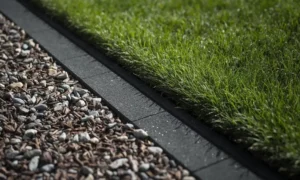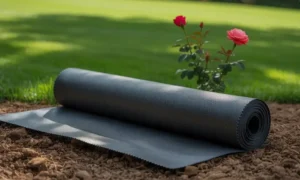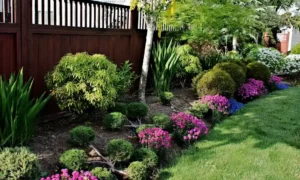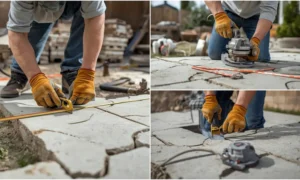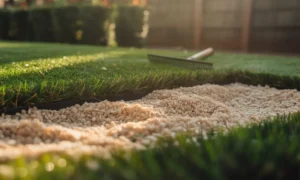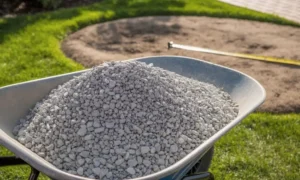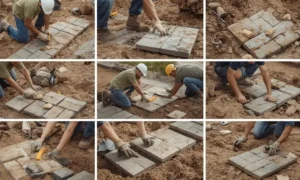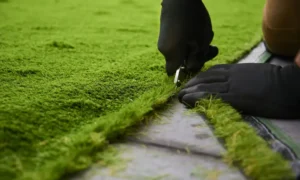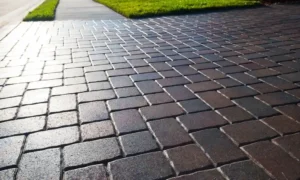How to get rid of clover in lawn is a common concern for homeowners striving to maintain a lush, uniform yard. While clover may have some ecological benefits, its presence can disrupt the appearance of a well-manicured lawn, creating patches that contrast sharply with the surrounding grass. Many people find that once clover takes hold, it spreads quickly and competes with grass for nutrients and space, ultimately weakening the overall turf. That’s why understanding how to kill clover in lawn is essential for effective lawn care. This guide is designed to help you with clover in grass removal using proven strategies, offering both natural and chemical solutions to restore and preserve a healthy, green lawn.
How to Identify Clover in Your Lawn
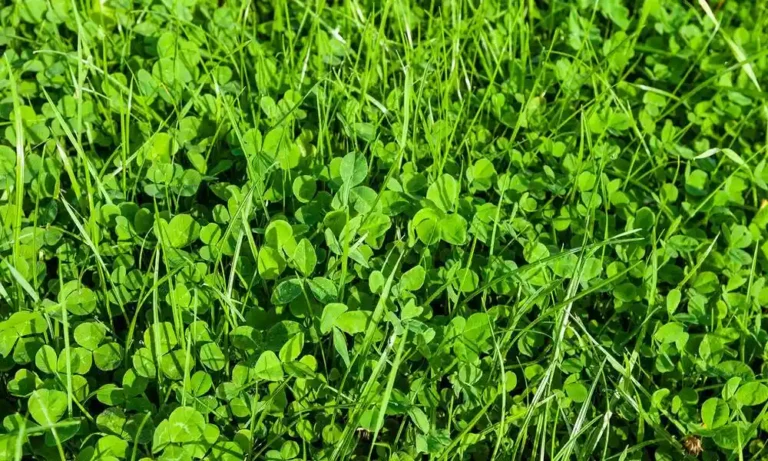
Clover is a common sight in many lawns, often blending into the grass until its distinctive leaves or flowers give it away. Before exploring methods of getting rid of clover in your lawn, it’s essential to correctly identify the plant. Here’s how to spot it and distinguish between the most common types.
Common Types of Clover
1. White Clover (Trifolium repens)
- Leaves: Three oval leaflets, often with a pale crescent or watermark across the middle.
- Flowers: Small, white, ball-shaped flower heads, sometimes tinged with pink.
- Growth Pattern: Low-growing and spreads by creeping stems (stolons).
- Prevalence: Most common clover found in North American lawns.
2. Red Clover (Trifolium pratense)
- Leaves: Larger than white clover, with fine hairs and the same watermark.
- Flowers: Rosy-pink to purple flower heads, round and dense.
- Growth Pattern: Upright, bushier growth habit.
- Location: More common in meadows and less-manicured areas but can invade lawns.
3. Lesser Trefoil (Trifolium dubium)
- Leaves: Tiny leaflets, also in threes, usually more rounded.
- Flowers: Small yellow flowers.
- Growth Pattern: Low-growing and mat-forming.
Visual Characteristics of Clover
To effectively begin killing clover in your lawn, here’s what to look for:
- Leaf Shape: Clover typically has trifoliate leaves (three small leaflets).
- Color Markings: Each leaflet of white clover frequently has a white chevron mark on it.
- Growth Form: Grows in patches, creeping along the ground.
- Flowers: Rounded heads made up of dozens of tiny
You can also read about commercial Lawn Care services in Bay Area.
Why Do I Have So Much Clover in My Lawn?
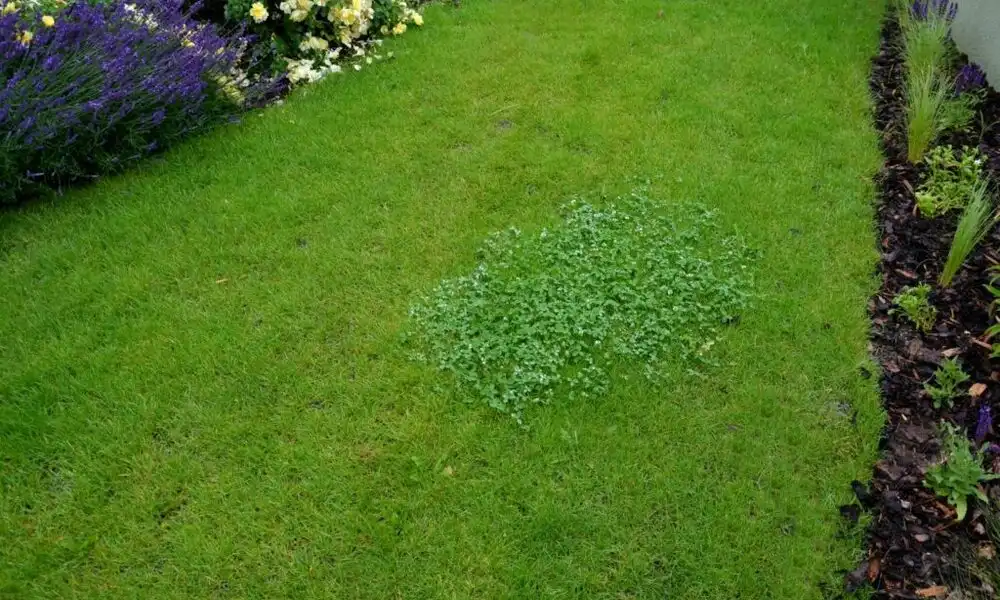
Noticing patches of clover taking over your lawn? You’re not alone. While some gardeners appreciate clover for its nitrogen-fixing properties and pollinator-friendly flowers, most homeowners see it as a weed that competes with grass. If you’re wondering why clover seems to thrive in your yard, understanding the conditions it favors is the first step before attempting clover in grass removal or planning to kill clover in lawn areas.
Common Reasons Clover Thrives in Lawns
1. Low Nitrogen Levels in Soil
Clover can thrive where your grass struggles—especially in nitrogen-poor soil. Unlike most turf grasses, clover is a nitrogen-fixing plant, meaning it pulls nitrogen from the air and stores it in the soil. This gives it a natural advantage in under-fertilized lawns.
Solution: Apply a balanced lawn fertilizer that contains nitrogen. This not only supports your grass but makes conditions less favorable for clover.
2. Compacted or Poor-Quality Soil
Clover roots are more tolerant of poor or compacted soils than grass. If your soil is clay-heavy or lacks organic matter, clover may begin to dominate.
Solution: Aerate your lawn annually and add compost or soil amendments to improve structure and drainage.
3. Mowing Height Too Low
Cutting your grass too short (also known as scalping) weakens it and allows sunlight to reach clover seedlings, encouraging their growth.
Solution: Make sure your mower is at least three inches tall. Taller grass shades the soil, making it harder for clover to take hold.
4. Too Much Sunlight or Shade
Clover is highly adaptable. It can grow well in full sun and even in partial shade where grass may thin out. If your lawn has uneven light exposure, clover might gain an upper hand.
Solution: Choose shade-tolerant grass species for darker areas and ensure healthy growth across your lawn to reduce clover competition.
Clover as a Sign of Underlying Lawn Problems
If clover is spreading across your lawn, it’s more than just a nuisance—it’s a symptom of a larger problem. Here’s what your clover infestation might be telling you:
- Soil health issues like low fertility or compaction
- Inconsistent lawn care, such as infrequent fertilizing or watering
- Weak grass coverage, due to improper mowing or poor seed selection
In this context, attempts to kill clover in lawn without addressing the root causes may offer only temporary results. A healthy, well-maintained lawn is your best long-term strategy for clover in grass removal.
How to Get Rid of Clover in Lawn
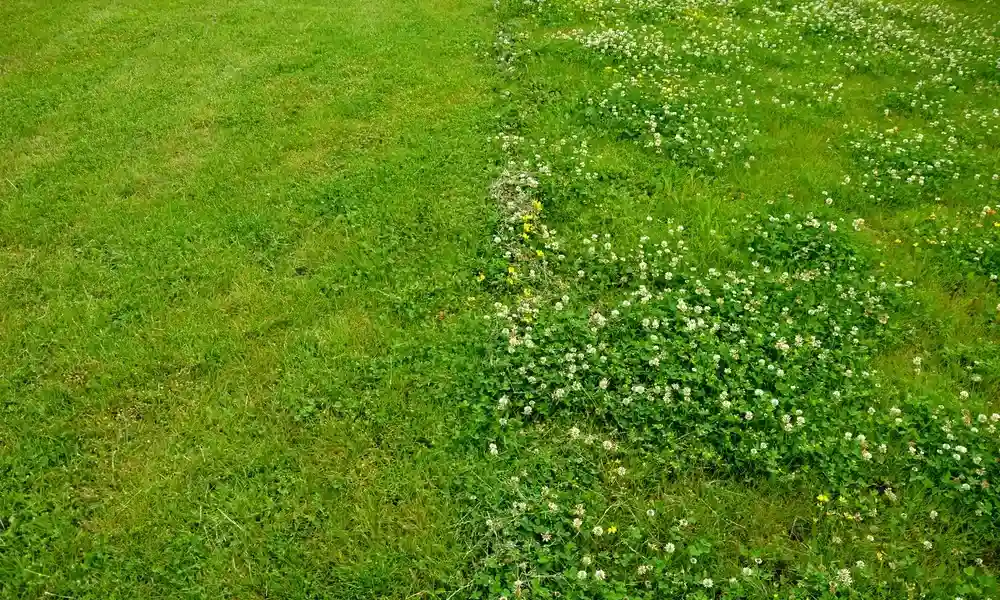
If left unchecked, the common weed clover can take over your yard. Whether you’re facing a few patches or a full lawn invasion, knowing how to get rid of clover in lawn areas is key to keeping your grass healthy. Here’s a quick guide to the best methods for clover in grass removal, from manual to natural and chemical options.
Why Method Matters
Choosing the right method to kill clover in lawn areas depends on your lawn’s condition and your preference for natural or chemical solutions. The wrong approach can harm your grass or the environment.
Manual Removal
- Hand Pulling: Best after rain when the soil is soft.
- Weeding Tools: Helps remove roots to prevent regrowth.
Pros: Eco-friendly, no chemicals
Cons: Time-consuming, not ideal for large areas
Natural Methods
- Smothering: Cover clover with a tarp or mulch to block sunlight.
- Corn Gluten Meal: Supplies nitrogen and stops clover seeds from growing.
- Fertilizing: Increase the nutrients in your lawn because clover grows best in low-nitrogen soil.
Pros: Safe for pets and kids, improves soil
Cons: Slower results, may need repeat use
Chemical Options
- Selective Herbicides: Use products with 2,4-D, dicamba, or MCPP that target broadleaf weeds.
- Spot Treatments: Spray directly on clover patches.
- Weed & Feed: Combines fertilizer and weed killer.
Pros: Fast and effective
Cons: Must be applied carefully to avoid harming grass
Prevent Future Clover Growth
- Mow your lawn higher to shade out clover.
- Fertilize regularly with nitrogen-rich products.
- Aerate and overseed each year for a thicker, healthier lawn.
Manual Clover Removal Methods
Hand-pulling:
For small patches, hand-pulling is one of the most effective methods of clover in grass removal. It’s best to do this when the soil is moist, making it easier to pull the entire plant, including its roots. Removing the entire root system is crucial to prevent regrowth.
Digging tools and techniques:
For larger or more stubborn patches, use a weeding tool or garden fork. Insert the tool under the clover cluster and gently lift it out, making sure to extract all roots. Avoid breaking the roots, as even small fragments can lead to new growth. This technique is especially helpful when killing clover in lawn areas without using chemicals.
Tips to avoid regrowth:
- Always remove as much of the root system as possible.
- Fill in the cleared spots with grass seed to prevent clover from re-establishing.
- Maintain a healthy lawn through proper mowing, watering, and fertilizing to outcompete weeds.
- Consider adding nitrogen-rich fertilizer, as clover thrives in nitrogen-poor soil.
When manual removal is effective vs. not:
Manual removal is effective for small to moderate infestations or in environmentally sensitive areas where herbicides aren’t desired. However, if clover has spread extensively across your lawn, manual methods can be time-consuming and labor-intensive. In such cases, combining manual efforts with natural or chemical solutions may be more practical for clover in grass removal.
You should read about How Much Is Lawn Care Per Month.
Chemical Methods | Selective Herbicides
When to Use
- Apply during active weed growth (spring or fall)
- Use on established lawns or crops
- Avoid during drought or extreme heat
How to Use
- Read label instructions carefully
- Use recommended dosage
- Apply evenly with sprayer or spreader
- Avoid spraying on windy days
- Water lawn lightly after application (if instructed)
Safe Use Tips
- Wear protective clothing (gloves, mask, goggles)
- Keep away from children and pets
- Store chemicals in original containers
- Do not mix different herbicides unless label allows
- Dispose of containers safely
Environmental Considerations
- Avoid runoff to water bodies
- Do not apply before heavy rain
- Use selective herbicides to protect non-target plants
- Follow local regulations on pesticide use
Products That Target Clover (Without Harming Grass)
- MCPA (common in clover control)
- 2,4-D (safe for most grasses)
- Dicamba (used in combination formulations)
- Specialized lawn herbicides labeled for clover control
Preventing Clover from Returning
Regular Lawn Care Tips
Fertilization Schedule
- Clover thrives in low nitrogen soil.
- Apply nitrogen-rich fertilizer regularly to kill clover in lawn by promoting dense grass growth.
- Best times: early spring and late summer for cool-season grasses; late spring and summer for warm-season grasses.
Proper Mowing Height
- Maintain grass height at 2.5 to 3.5 inches (depends on grass type).
- Taller grass shades soil, reducing clover growth.
- Avoid cutting more than one-third of the grass blade at a time.
Aeration and Overseeding
- Aerate soil once or twice a year to reduce compaction, improving root health.
- Overseed bare or thin patches with grass seed to compete with clover.
- Healthy thick grass prevents clover in grass removal issues.
Soil Testing and Amendments
- Test soil every 2-3 years for pH and nutrient balance.
- Ideal pH for grass: 6.0-7.0; adjust with lime or sulfur if needed.
- Amend soil to correct deficiencies that favor clover growth.
Additional Tips for Clover in Grass Removal
- Water deeply but infrequently to encourage deep grass roots, which compete with clover.
- Remove clover manually in small patches if needed.
- Use selective herbicides labeled for clover control during active growth (spring or fall).
- Avoid overwatering and poor drainage, as clover tolerates wet soil better than grass.
Final Thoughts
Getting rid of clover in your lawn requires a mix of good lawn care and targeted treatments. Boost nitrogen with proper fertilization, maintain the right mowing height, aerate regularly, and use selective herbicides for effective clover in grass removal. Consistency is key to preventing clover from returning. If you want expert help or professional services to keep your lawn healthy and clover-free, contact Lakota Design Group today. Call us now and let’s make your lawn beautiful!
FAQs
What Causes Clover To Grow In My Lawn?
Clover often grows in lawns with low nitrogen levels, compacted soil, or thin grass coverage. It thrives in these conditions because it can fix its own nitrogen, giving it an advantage over grass.
How Can I Naturally Kill Clover In My Lawn?
To naturally reduce clover, improve lawn health by applying nitrogen-rich fertilizer, mowing at the right height, aerating to reduce soil compaction, and overseeding to encourage dense grass growth. Healthy grass competes well against clover.
When Is The Best Time To Apply Herbicides For Clover Removal?
The best time to apply selective herbicides targeting clover is during its active growing periods, typically in spring and early fall. Applying during cooler, moist conditions improves effectiveness and reduces stress on your lawn.
Can Mowing Help Control Clover?
Yes, mowing your grass at the recommended height helps shade the soil and limits sunlight reaching clover plants, reducing their growth. Keeping grass taller generally suppresses clover spread.
Are There Any Herbicides That Kill Clover Without Harming Grass?
Yes, selective herbicides containing ingredients like 2,4-D, MCPA, or dicamba can target clover without damaging most common lawn grasses when used as directed.


